HOW GOVERNMENT CAN BRIDGE THE GAP
Since last year’s General Election, the government has been intent on improving its communication with the public. Officials believe they must make their presence felt on Facebook and other social media platforms. And they show no sign of loosening their grip on mainstream media as a vehicle for reaching out to the public.* Through traditional and new media, the government will intensify its efforts to explain its policies.
On its own, though, such engagement will probably fail to improve the PAP’s prospects. After all, it is not as if the government used to be reticent. Consider the most controversial issues of the GE: immigration, social safety nets, public transport, housing prices and ministerial salaries. On every one of these issues, the government’s position was articulated, loud and clear, before and during the GE.
It strains credibility to say that if only government leaders had used Facebook and other social media earlier and more enthusiastically, voters would have been more receptive to these policies. Similarly, it defies logic to suggest that if establishment media had repeated government positions with even greater fidelity than they did, the gap between government and people would have been narrowed.
Increased communicativeness will be more persuasive only if the context – the communication environment – changes. The element in the communication environment that is critically lacking is trust.
There are at least three barriers to building the required trust. First, the primary platform through which government communicates with the public, the mainstream media, suffers from a credibility problem.
In most areas of coverage, the media are professional enough to provide a valued and reliable service. However, on the most controversial issues of the day, the government’s media policy dictates that the professional judgment of editors must be subordinate to elected officials’ judgments. The press is expected to educate the public and rally the nation behind the government, rather than push the government to respond to the people.
On all the election hot-button issues, mainstream media did reflect public disenchantment, but always in soft focus. Thus, people never got the impression that the media were on their side.
Second, the communication environment lacks independent voices in public debates – state and non-state institutions that stand apart from the executive, with the competence and credibility to comment authoritatively on problems and policies. These could include ombudsmen, independent commissions, think-tanks and other non-partisan expert institutions.
PAP philosophy has not been enamoured of such intra-elite checks and balances because of the fear that these would slow down governance and confuse the public. But these risks are small relative to the benefits, in the form of the increased trust that could accrue to the government when more of its decisions are subject to independent scrutiny by competent institutions.
Finally, trust is eroded by conflicts of interest, between national interest and party interest. While there is significant overlap between the two, the interests of the ruling party and those of Singapore are not exactly the same.
The most salient example is the way electoral boundaries are drawn. The process is, beyond reasonable doubt, managed to benefit the PAP. Similarly, unequal treatment towards opposition constituencies when rolling out government programmes and services simply does not pass the smell test.
The number of such cases may be few, but the odour of partisanship hangs in the air and sticks to other unpopular policies, even those that an objective analysis might conclude are justified as being in the national interest. Cynicism will continue to corrode trust as long as there are specific areas in which the government has, in the eyes of any reasonable Singaporean, put party before nation.
Building trust in the communication environment is critically important because citizens can only take so much information about policies before their eyes glaze over. Some will demand detailed facts and figures. If the government is on firm ground, it should have no compunctions about providing the data. For most citizens, however, it will be about taking a leap of faith, and that is where trust gives you wings.
The PAP used to pride itself in the trust that it was able to command. But the way Singaporeans trust has changed, and not just in politics.
In an earlier era, we had faith in doctors because of the aura they projected. Today, if we trust our doctors, it is not because we think they are gods, nor because we have studied medicine ourselves and can personally check on their every move. Our trust is based on the assurance that our doctors function within a regulatory system that compels them to act in our interest, that the penalties for those who fail to do so are very high, and that we can get a second opinion whenever we are doubtful.
Such commonsense principles apply to the political sphere as well. It is neither policymakers’ high status nor repetition of their diagnoses and prescriptions that will persuade the public to swallow bitter medicine, but the assurance that they will open their decisions to independent scrutiny and verification.
In his remarks at Monday’s Institute of Policy Studies conference, Deputy Prime Minister Tharman Shanmugaratnam credited the Singapore public with enough collective intelligence to make astute decisions in the country’s interest. As part of that sea change, accountability is prized far higher than traditional notions of authority.
Since Singaporeans no longer expect their leaders to be demigods, evidence of fallibility is not a liability. On the contrary, timely and unvarnished revelations of government’s mistakes are the proof people need that they are operating in a trustworthy communication environment. Conversely, if institutions are only capable of reporting that the government is right, it should not be surprising when official communication is not believed.
* This sentence was deleted by ST editors and does not appear in the published version. It is not a major loss and I agreed to the change (my submission was too long, so something had to give). I highlight the redaction here because it illustrates how the Singapore press does not like to say too much about the controls it faces. This distinguishes the media here from the media in most authoritarian states, where journalists try their best to reveal the conditions under which they work. What accounts for the Singapore media’s stoic silence? This is a question I try to answer in the chapter, “Freedom of the Press: A Cause without Rebels”, of my book on the press.
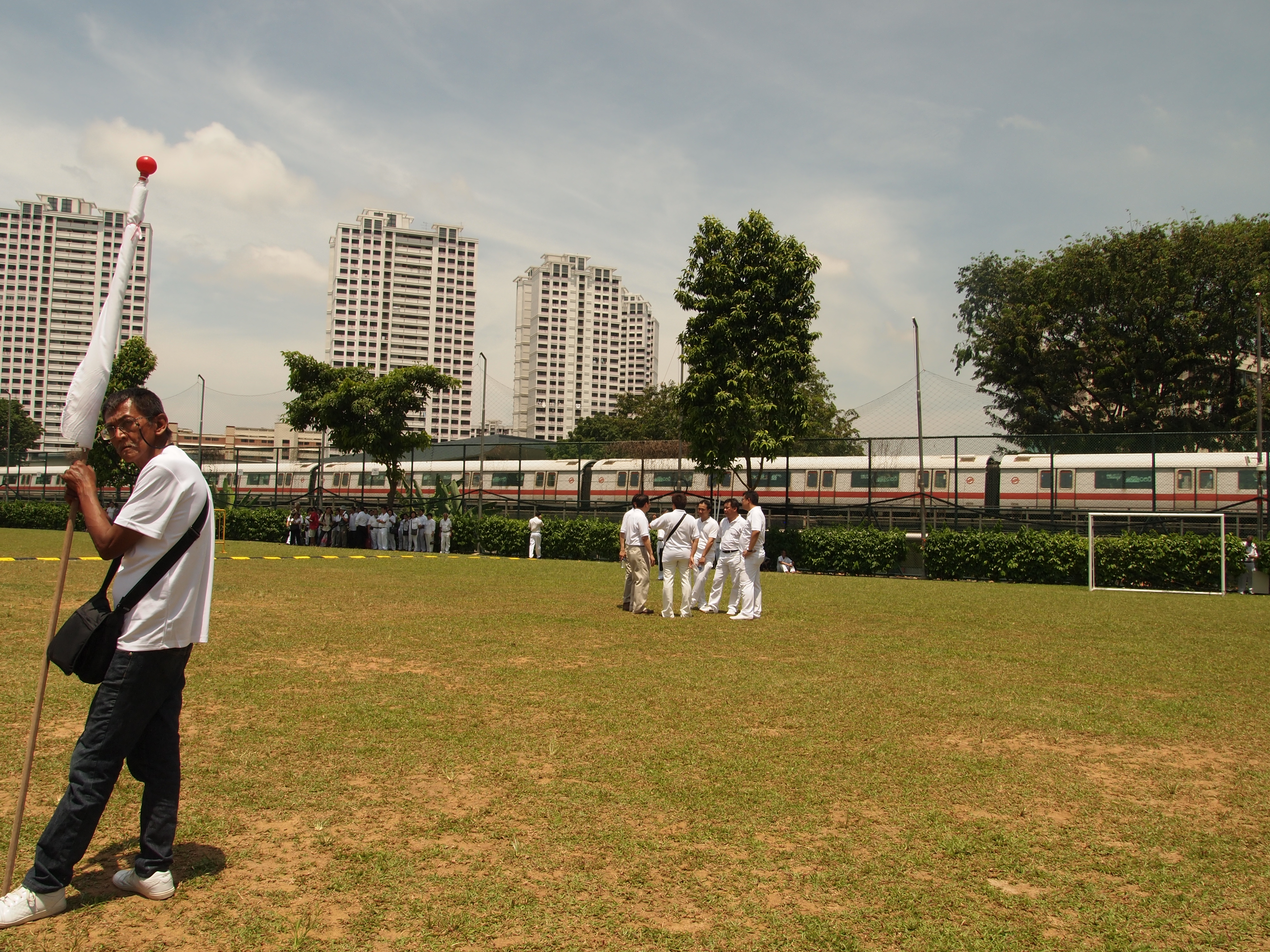

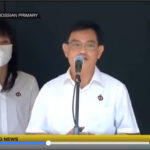

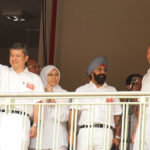
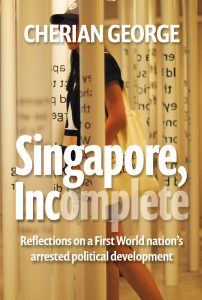
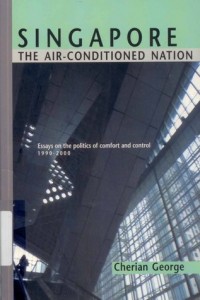
Comments are closed.